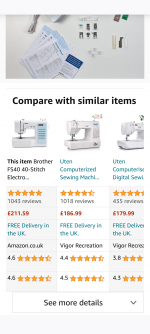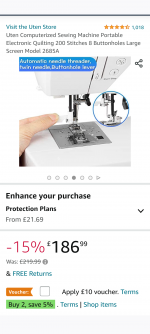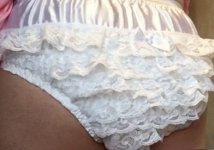- Messages
- 156
- Role
- Adult Baby
- Diaper Lover
- Sissy
Hello everyone,
Not sure if I have posted this in the right thread or not.
I am I have to absolutely in love with frilly panties and over the years must have spent a small fortune on them.
I am thinking about learning to sew and potentially selling some on Etsy etc.
Couple of things ! Firstly is it difficult to learn to use a sewing machine ? Secondly if I did learn would it take ages to become skilled at making good quality frilly panties?
I am keen to learn as to be honest the quality of some of the workmanship on the internet is atrocious. I would love to not only make quality frilly panties for myself but also for other fans of them.
Thirdly. What would sissy girls be prepared to pay for a really good quality pair of satin frilly panties?
Sasha x
Not sure if I have posted this in the right thread or not.
I am I have to absolutely in love with frilly panties and over the years must have spent a small fortune on them.
I am thinking about learning to sew and potentially selling some on Etsy etc.
Couple of things ! Firstly is it difficult to learn to use a sewing machine ? Secondly if I did learn would it take ages to become skilled at making good quality frilly panties?
I am keen to learn as to be honest the quality of some of the workmanship on the internet is atrocious. I would love to not only make quality frilly panties for myself but also for other fans of them.
Thirdly. What would sissy girls be prepared to pay for a really good quality pair of satin frilly panties?
Sasha x




